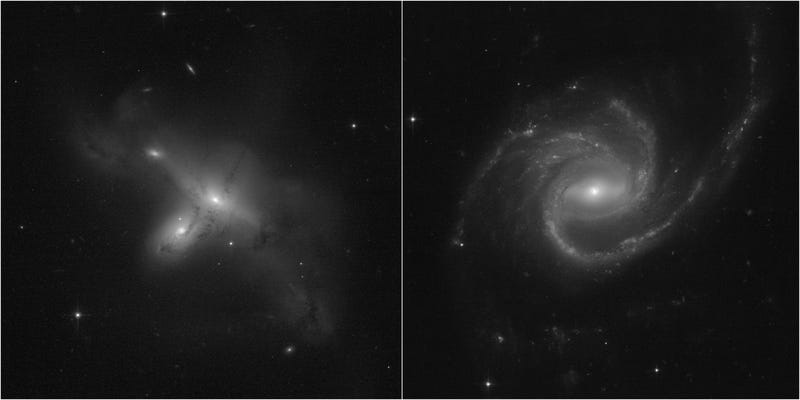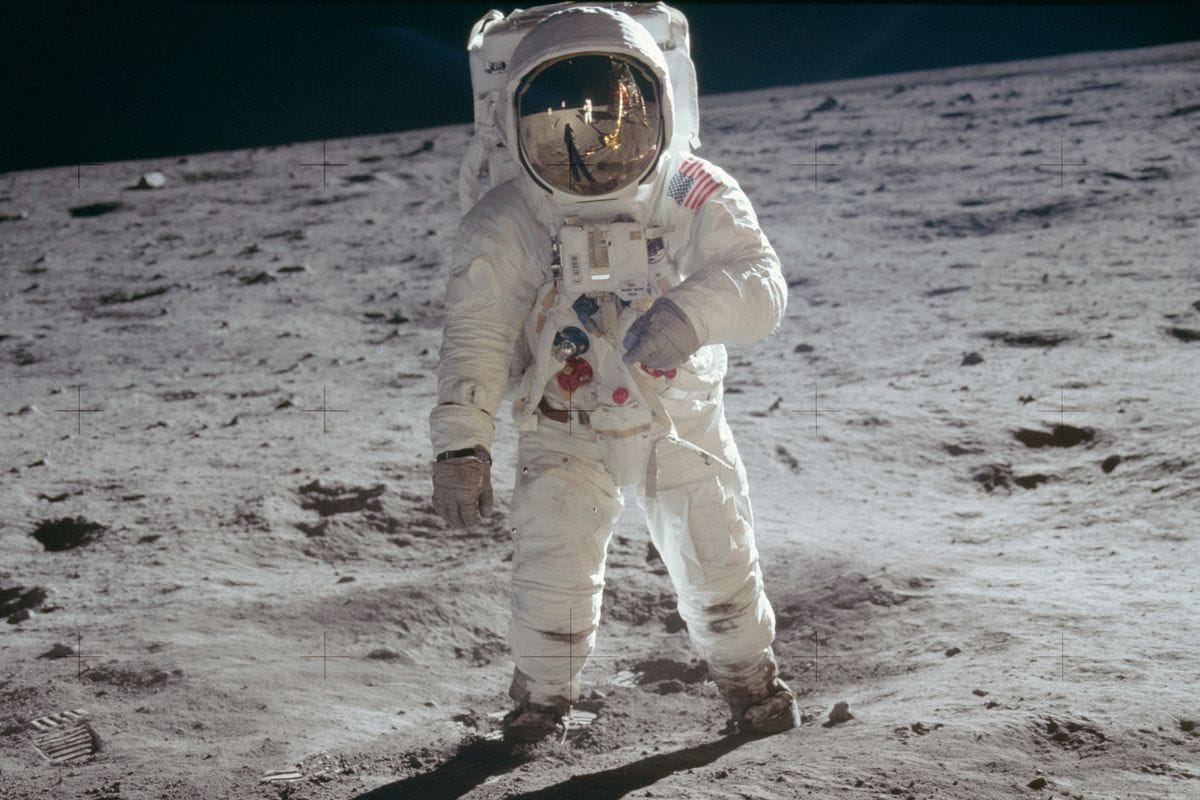from the desk of Bob Siederer

Hello again Science fans!
I recently took a road trip back east, my first journey of more than 50 miles or so from home since COVID-19 broke out. It felt good to get away, but also a little unsettling. I’m sure those of you who have ventured back into the world have felt the same way. Having been in the local bubble for so long, it seemed odd to travel into areas of the country that have been “unlocked” for much longer than California. I found masks much less frequently used almost everywhere other than in California. This remains true, even though vaccinated Californians have been able to go about mostly mask free since mid-June. Many locations around the country still had signs up saying masks are required, but there was no enforcement. Los Angeles county has issued an order requiring masks indoors once again, primarily due to the increase in cases.
I’ve been bombarded by articles about the increase in COVID-19’s Delta variant cases this week. While the statistics differ depending on the source, it should be clear that the Delta variant spreads far more easily than the others, and that at least 97% of the new cases are happening in people who have not been vaccinated.
This has caused some backlash among the vaccinated, if these Letters to the Editor of the LA Times are any indication.
I’ve written about failures in science communication here several times before, including COVID-related issues. In an effort to help people differentiate between the variants, scientists recently changed the nomenclature used to classify them. Rather than calling them by the place they were first identified or by the protein that mutated, the Greek alphabet is now being used. This includes renaming all the previous variants using Greek letters. I thought this was a welcome change as it simplified comparisons between the different variants. Then along came Delta Plus.
The Delta Plus variant – also known as B.1.617.2.1 or AY.1 – contains a new mutation in the spike protein the virus uses to enter human cells, called K417N. As it’s still closely linked to Delta, it’s been called Delta Plus rather than another letter in the Greek alphabet, according to WHO’s naming system for COVID-19 variants. So far, Delta Plus has been found in relatively low numbers.
While there may be technical reasons to not give this one a new letter, clarity can’t be one of them. This is confusing to a public that is not versed in the arcane rules of the World Health Organization. Each time there’s a communications problem like this, those who don’t believe how serious this illness is have another thing to point to as a reason not to listen to scientists.
Then there’s the list of the 12 most influential spreaders of Coronavirus misinformation online, lead by Joseph Mercola.
While not related to this particular problem, we came across this conference on science communication this week, “Communicating the Future: Engaging the Public in Basic Science”. It is free, and has a long list of speakers. If you are interested in communicating science more effectively, you might want to register for part or all of this one. But you’ll have to hurry as the conference happens Tuesday and Wednesday of this week.
Lick Observatory, located on Mt. Hamilton in San Jose, isn’t conducting their usual summer series of lectures and concerts this year. Of course, Lick was damaged by wildfire last year too. A series of evening tours has been announced, starting August 1. The first tours sold out within hours, and Lick announced a second set of tours that will start on August 13. This set goes on sale at noon (PDT) on July 30. In addition to August 13, dates include August 19, September 14, 16, 17, and 25.
We seem to be awash in euphemisms these days. Information is defined as “knowledge obtained from investigation, study, or instruction” (Merrian-Webster). Misinformation is defined by the same source as “incorrect or misleading information”. Let’s just call misinformation what it is, a euphemism for lies. Then we have human-shark interactions, which shark scientists don’t want us to call shark attacks any longer. They prefer something less pejorative. Friday’s New York Times ScienceTimes newsletter goes further into this, somewhat tongue in cheek.
As you probably know, the FDA has not formally approved the COVID-19 vaccines, instead providing emergency use authorization. Some people view this as a reason to not be vaccinated, despite the overwhelming evidence that the vaccines are beneficial and safe. So why haven’t they been formally approved? Wednesday’s New York Times The Morning newsletter looked at this in depth, and it is worth a look.
One more health-related item, before we move into space. MIT has announced a new test to detect and pinpoint cancer cells in the human body. While not ready for use yet, it shows great promise.
Hubble is back! The images above were the first ones released by NASA since the Hubble Space Telescope was brought back online this past weekend. Hubble seems to have more lives than a cat!
The Hubble’s successor, the James Webb Space Telescope, reached three significant milestones this month in preparation for launch later this year. I can’t wait to see images from the Webb telescope.
The Juno spacecraft has been exploring Jupiter and its moons since 2016. It recently flew within 645 miles of Ganymede before rushing past Jupiter on its 34th flyby. A citizen scientist has compressed the images taken during this run into a 3 1/2 minute video. Beautiful!
Lastly, let’s look back in history a bit.

This past week marked the 52nd anniversary of one giant leap for mankind, namely the Moon landing. On July 20, 1969, Neil Armstrong and Buzz Aldrin stepped onto the moon. On that same date this year, Jeff Bezos and four passengers flew to the edge of space in the second commercial space flight. Here’s a historical perspective of these two events that you might enjoy from historian Heather Cox Richardson.
My thanks to David Almandsmith for covering for me on the Schmooze while I was away.
Have a great week in Science!
Bob Siederer
Upcoming Events:
Click to see the next two weeks of events in your browser.
